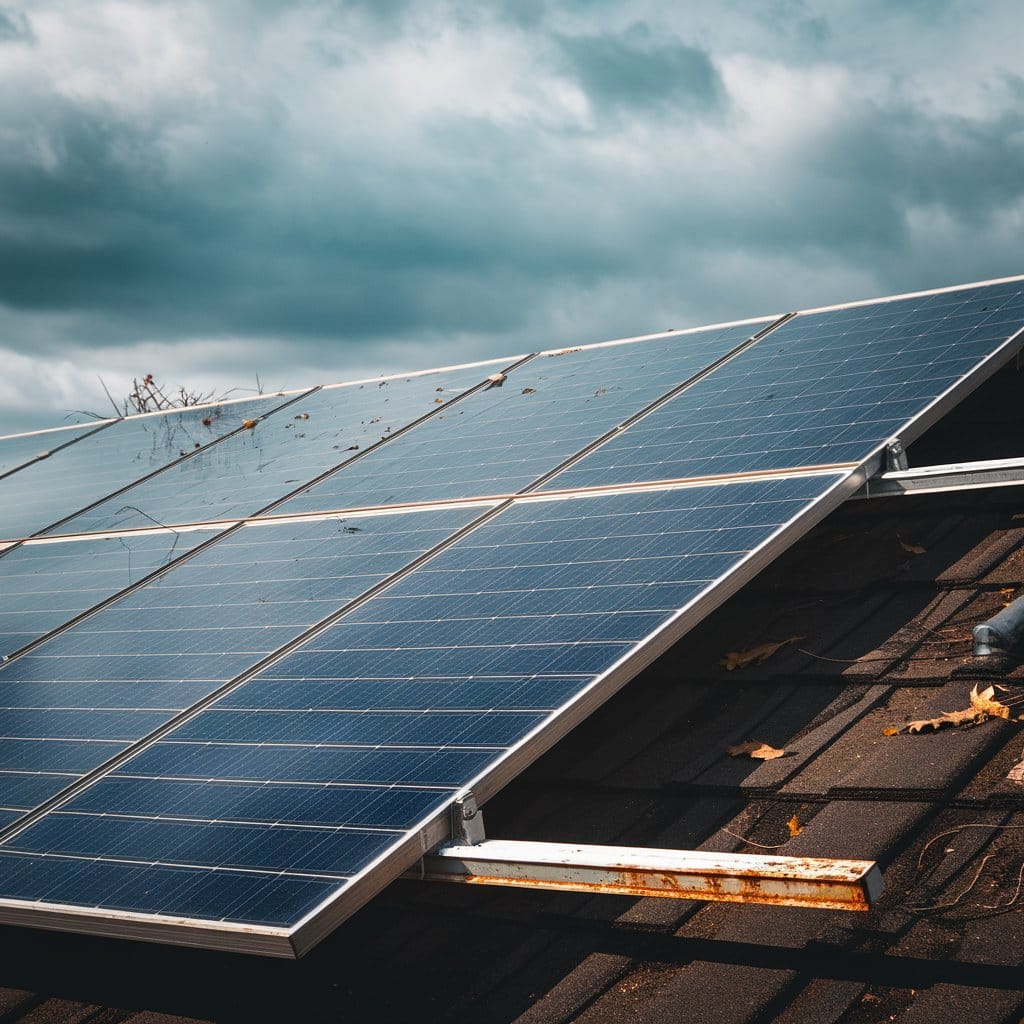
Learn about the solar panel working principle and how they convert sunlight into electricity. Discover the technology behind solar energy, including key components and efficiency factors.
Understanding the Working Principle of Solar Panels: How They Convert Sunlight into Electricity
Solar panel working principle is a key technology for renewable energy. They turn the sun’s power into electricity, offering a green alternative to traditional energy. This article will explain how solar panels work, breaking down the tech and processes that turn sunlight into electricity.
How Solar Panels Work?
Solar panels, or photovoltaic (PV) panels, use several key principles and parts:
1. Photovoltaic Effect
- Definition: The photovoltaic effect changes light energy into electrical energy when light hits a semiconductor material.
- Materials Used: Silicon is the main material in solar panels. When light hits the silicon, it frees electrons, creating electricity.
Quote: “The photovoltaic effect is the core mechanism that powers solar panels, enabling them to transform sunlight into electrical energy.”
2. Solar Cell Structure
Solar panels are made of many solar cells. There are different types of solar cells:
- Monocrystalline Cells: These cells are made from a single crystal and are very efficient and durable.
- Polycrystalline Cells: These cells are made from silicon crystals melted together. They’re less efficient but cheaper.
- Thin-Film Cells: These cells have a thin layer of photovoltaic material on a substrate. They’re lightweight and flexible but less efficient.
Table: Comparison of Solar Cell Types
| Type | Efficiency | Cost | Lifespan |
|---|---|---|---|
| Monocrystalline | 15-20% | Higher | 25-30 years |
| Polycrystalline | 13-16% | Moderate | 20-25 years |
| Thin-Film | 10-12% | Lower | 15-20 years |
3. Components of a Solar Panel
A solar panel has several important parts:
- Solar Cells: These are where sunlight turns into electricity.
- Glass Layer: It protects the solar cells and lets sunlight through.
- Encapsulation: These layers protect the cells from damage.
- Backsheet: The back layer provides insulation and protection.
- Frame: It’s made of metal and supports the panel.
List: Key Components
- Solar Cells
- Glass Layer
- Encapsulation
- Backsheet
- Frame
Table: Solar Panel Components and Their Functions
| Component | Function |
|---|---|
| Solar Cells | Convert sunlight into electricity |
| Glass Layer | Protects cells and lets sunlight in |
| Encapsulation | Shields cells from damage |
| Backsheet | Provides insulation and protection |
| Frame | Supports the panel structurally |
Key Takeaways
- Photovoltaic Effect: This is the fundamental principle that allows solar panels to convert sunlight into electricity.
- Cell Types: Different types of solar cells offer varying efficiency and cost benefits.
- Components: Each component of a solar panel plays a crucial role in its overall performance and durability.
The Basics of Solar Energy
Radiation from the sun is the source of solar energy. The sun emits an enormous amount of energy every day that, if properly captured, would more than meet the world’s energy needs. The purpose of solar panels is to collect this energy and transform it into electrical power that can be used.
Conclusion
Learning about solar panels shows how they turn sunlight into electricity. The photovoltaic effect and the parts of a solar panel work together for efficient energy conversion. By looking into different cell types and their efficiency, you can choose the best solar technology for you.
FAQ
Q: How do solar panels convert sunlight into electricity?
A: Solar panels use the photovoltaic effect. Sunlight hits the semiconductor material in solar cells, freeing electrons and creating an electric current.
Q: What are the main types of solar cells?
A: The main types are monocrystalline, polycrystalline, and thin-film cells. Each type varies in efficiency, cost, and lifespan.
Q: How long do solar panels last?
A: Solar panels usually last between 25-30 years. This depends on the type and quality of the panel.
Q: Are there different efficiencies for different types of solar cells?
A: Yes, monocrystalline cells are generally the most efficient. Polycrystalline and thin-film cells are less efficient but more affordable.

